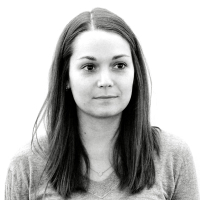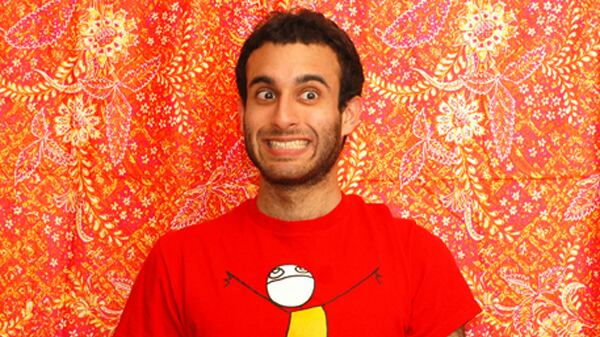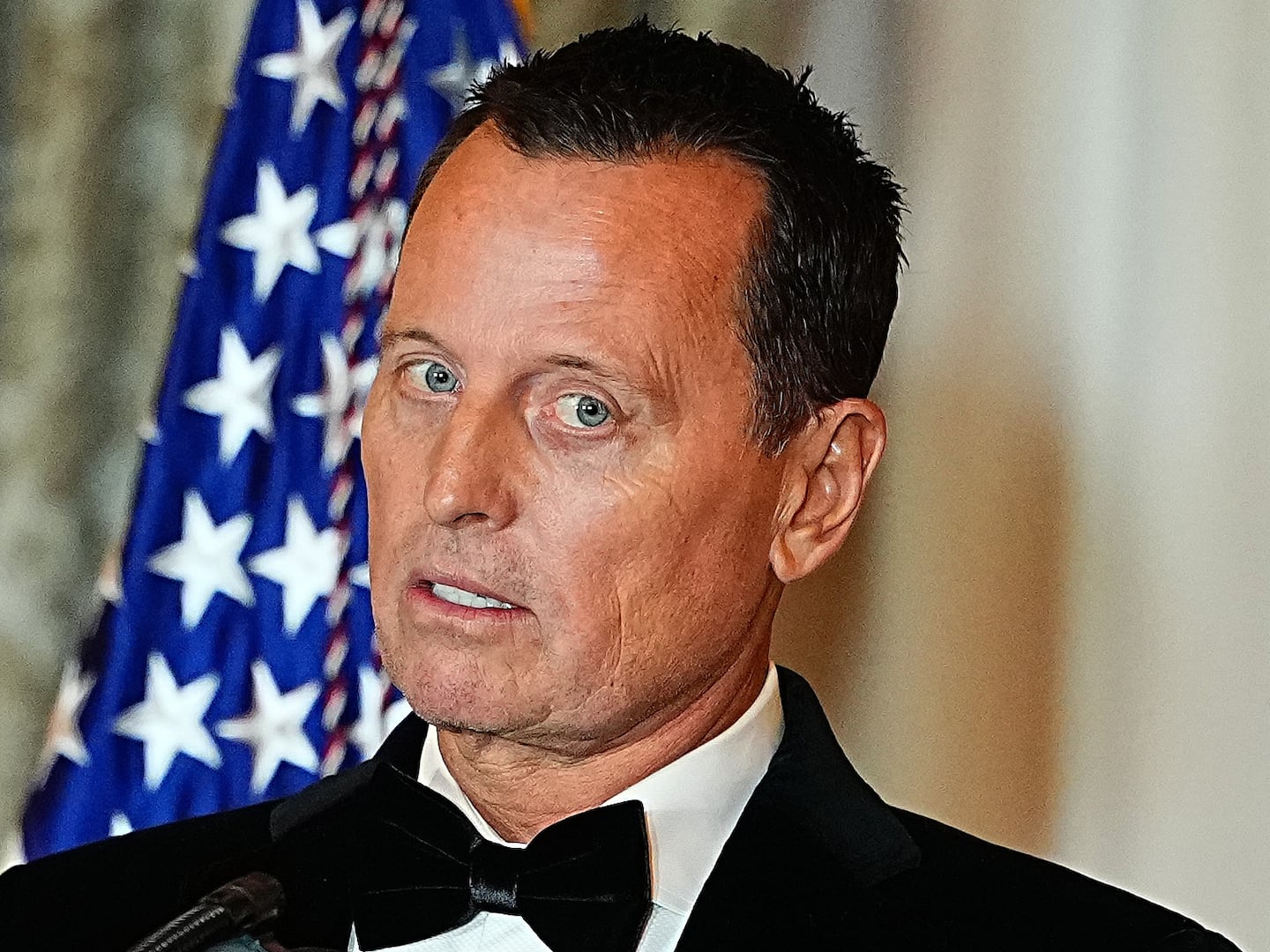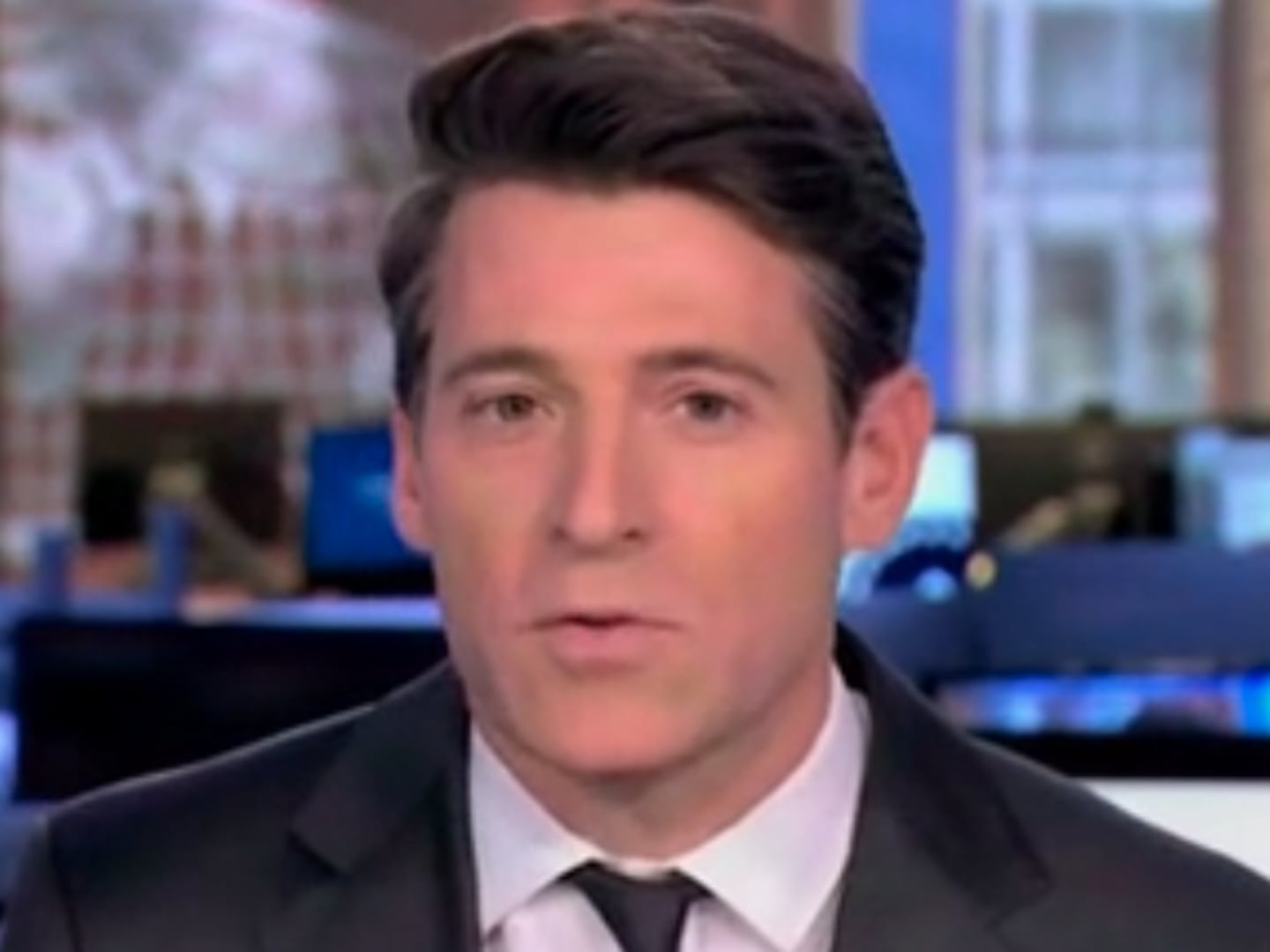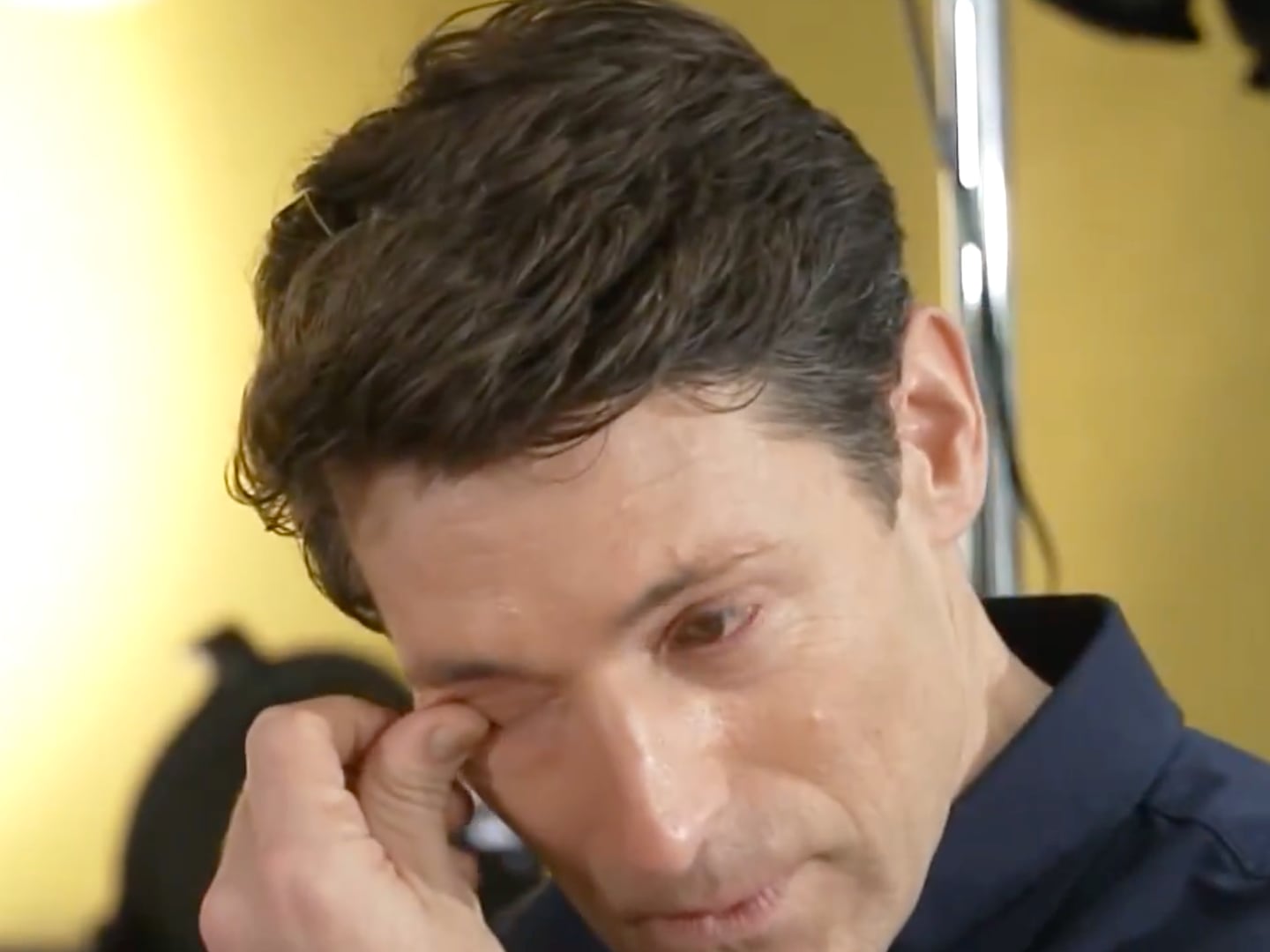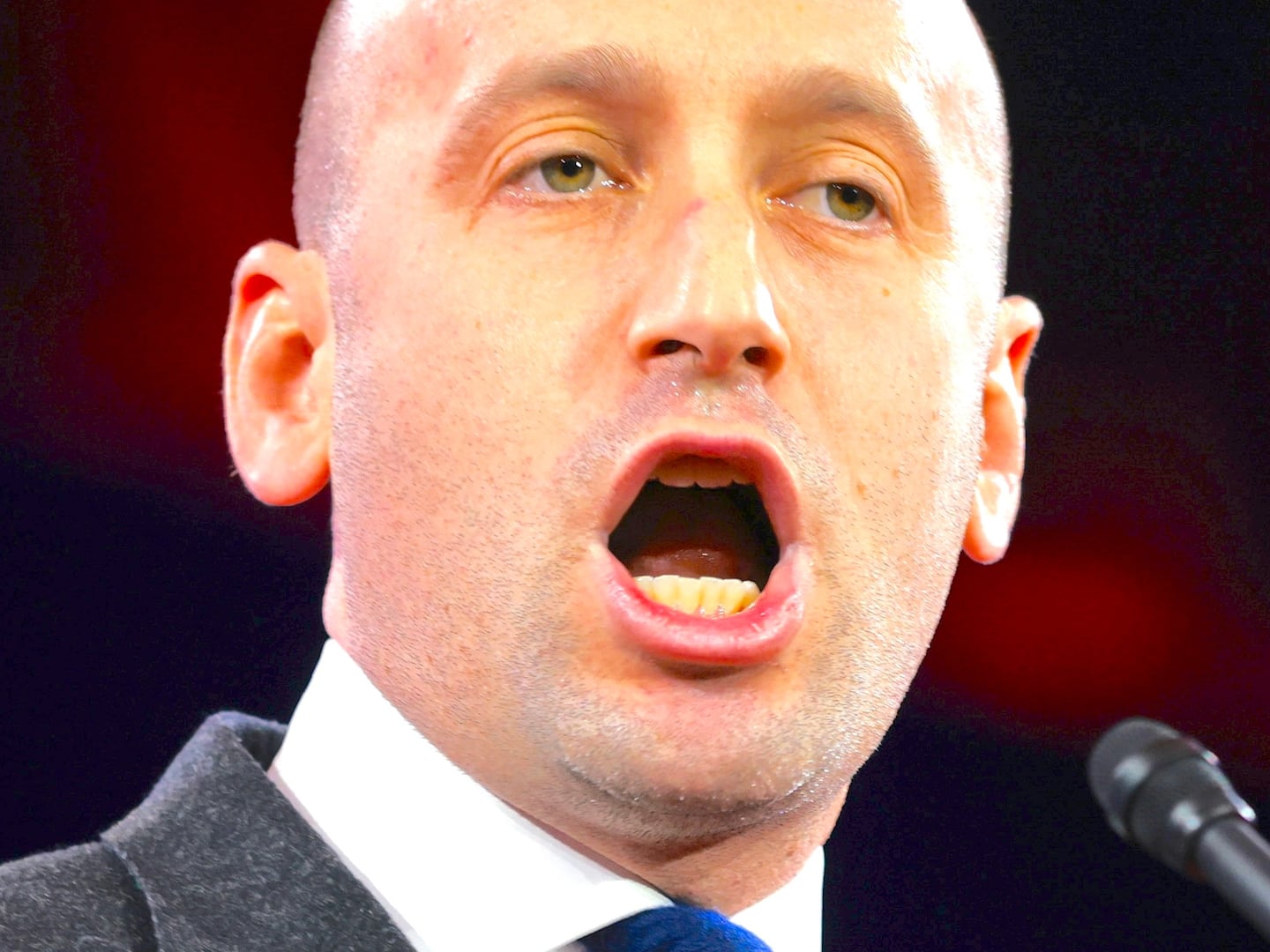He’s not the first cancer patient to seek bone marrow online, but technology entrepreneur Amit Gupta might be the best at it.
The 32-year-old founder of do-it-yourself photography site Photojojo was diagnosed with acute leukemia in September. As a South Asian, his odds of finding a life-saving bone-marrow match are 1 in 20,000. And he has a deadline: Nov. 30.
Gupta and his social-media-guru friends have used Facebook, Tumblr, Google Plus, and Twitter to organize more than 100 donor drives across the U.S. His search has sparked the attention of several celebrities like Aziz Ansari, Anderson Cooper, Salman Rushie, and Craig Newmark of Craigslist. Major companies like Google, Amazon, Adobe, and Twitter have also held drives at their offices in Gupta’s honor.
He is mostly targeting the Indian community—college-student groups and templegoers alike—for his best chance at a match. “This just shows that every year more and more people are joining the movement to hold drives and spread the word,” said college freshman Isha Raval, who held a bone-marrow drive through the Indian Student Association at her college, the University of Connecticut.
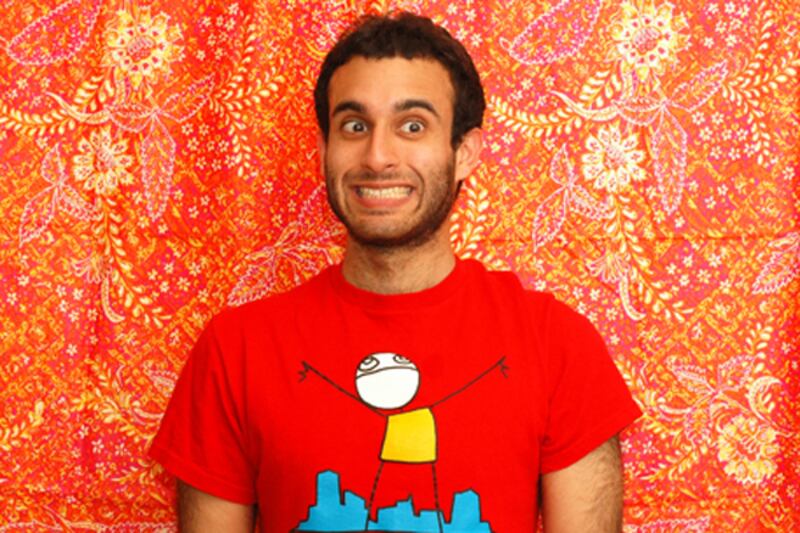
From the cheery design of his website to organizing “swab parties” (one in Brooklyn was held in tandem with a Wu Tang Clan concert), perhaps the most amazing thing about Gupta is the fun he brings to the effort to save his own life. Though he has solicited hundreds of volunteers to get tested, the deadline approaches and he has only found a few possible matches. “But it’s nice to know things are moving!,” he said.
Internet entrepreneur Paul Dooley sped and professionalized the process of matching living donors to those in need eight years ago when he founded the site Matching Donors. Dooley’s site, which was inspired by his father’s inability to get a needed kidney transplant, spurred others like it: Living Donors Online and the National Kidney Foundation’s online registry among others. Searching outside these traditional online channels, like Gupta is doing, is too tempting for some patients when the reward could mean longer life. Gupta said the social-media path was a “no-brainer.”
Medical professionals say that the problem with searching independently is the lack of security, vetting, and regulation that more formal registries provide. Payment for organs is illegal; Gupta’s friends discovered this after initially trying to offer a cash prize to the first match. Some donors might seek an unrequited relationship beyond the transplant while others may underestimate the physical and emotional consequences of such a commitment. Negotiating these and other subtleties can be difficult for anyone, sick or not.
“This just isn’t something that [a dying patient] should have to deal with,” Dooley said.
Among the benefits of Matching Donors that Dooley lists are that all correspondences between patients and potential donors are read by an in-house team and the FBI. They found 30 attempts for donors to pay for kidneys through the registry, and each of these users was banned from the site.
World-renowned expert on kidney transplants Robert Montgomery prefers the surveillance of established databases over crowd-sourcing organs on the Internet, but he has patients who do it anyway, and he sees its appeal. The director of the Transplant Center at Johns Hopkins University stresses that the hospital performing the transplant is ultimately responsible for ensuring a good match, and counseling both parties on what to expect. He hopes for future regulation to maintain fairness in independent courting of organ donations.
“If somebody’s very savvy on the Internet, they’re going to have an advantage over someone who’s not,” he explained. “You don’t want the organs just to go to the person who’s most capable of navigating the Internet.”
Gupta has gotten more attention than most searching for organ donors online, and he’s using his platform to promote how simple donating bone marrow has become. No longer is a painful needle to the hip the only method. Instead, the process is similar to giving blood. It usually takes two to four sessions of two to six hours each for a person to give bone marrow. Unlike donors of vital organs like kidneys, marrow donors can give again and again. “Rather than just one transplant they could enable 10 or 20,” said Montgomery.
Gupta’s efforts have registered hundreds of volunteers who might not have done so otherwise. As he approaches the deadline, though, his own need for a bone-marrow donor is glaring.
Gupta’s friends have manned the ongoing search when his treatment has left him feeling ill. Friend and personal assistant Jessa Clark explained that they are now narrowing the possible donor list to those who fit six of the 10 most important criteria. The pressure is on, but the Gupta camp remains upbeat.
“We are hopeful,” Clark said.
